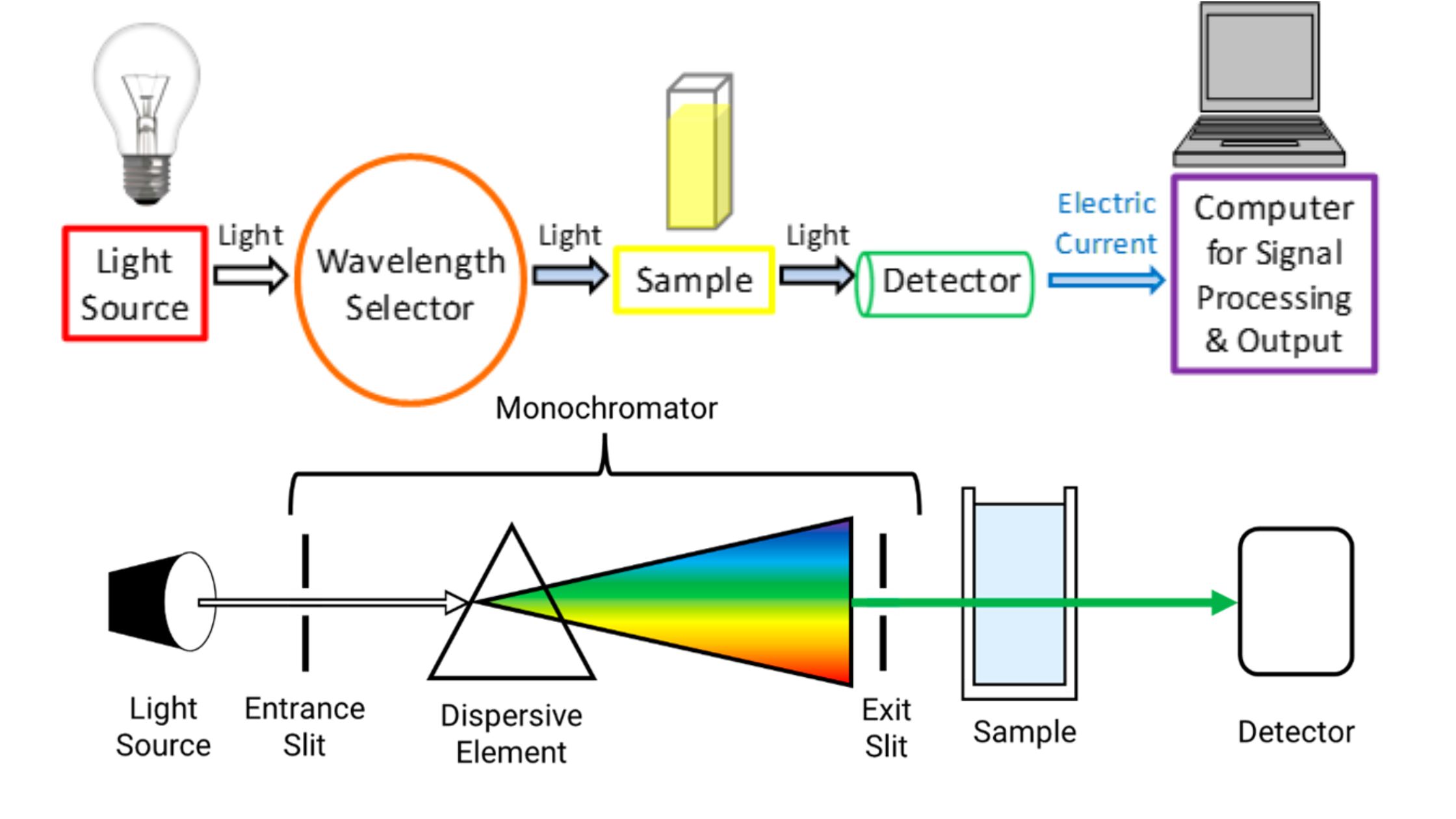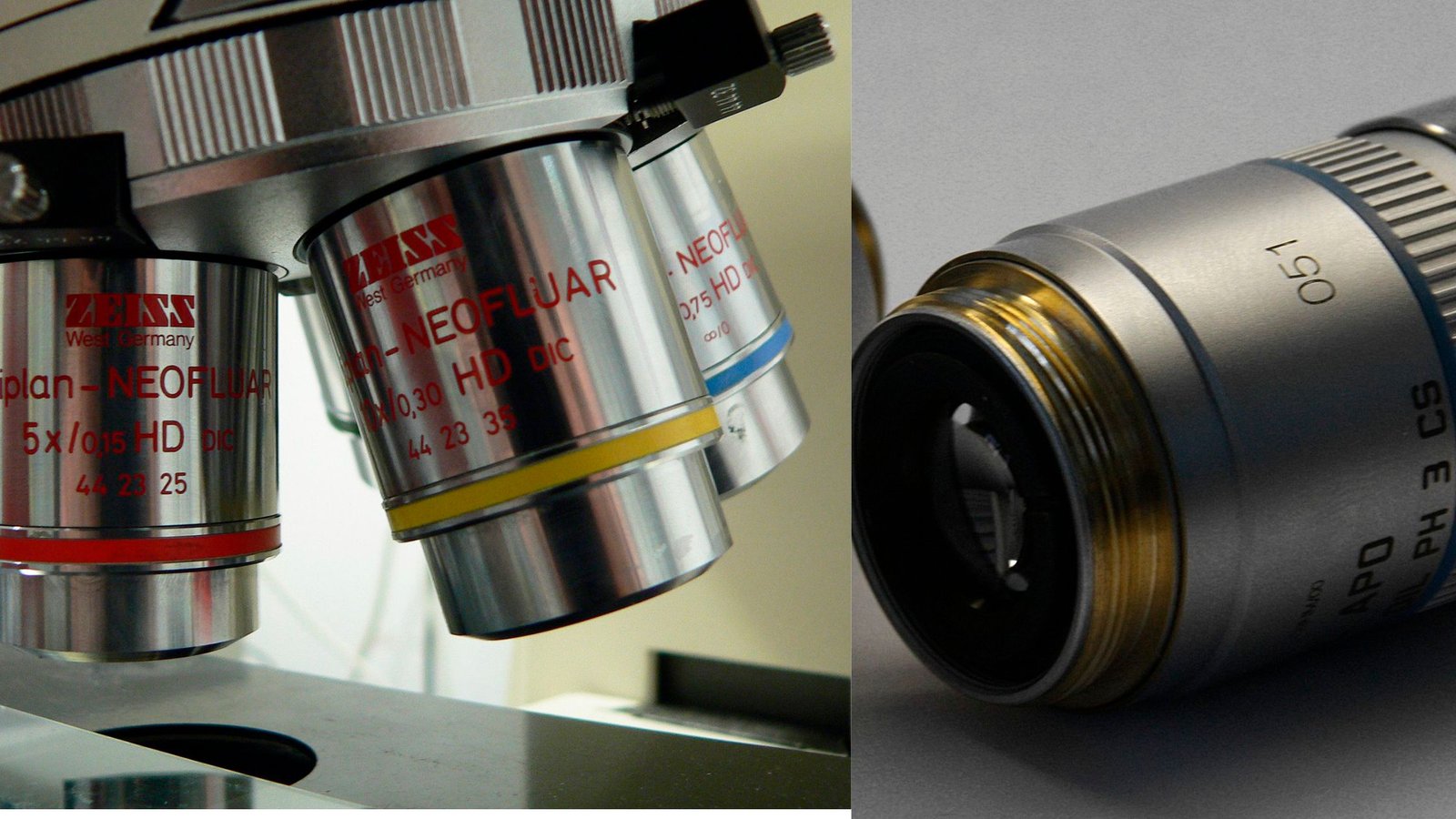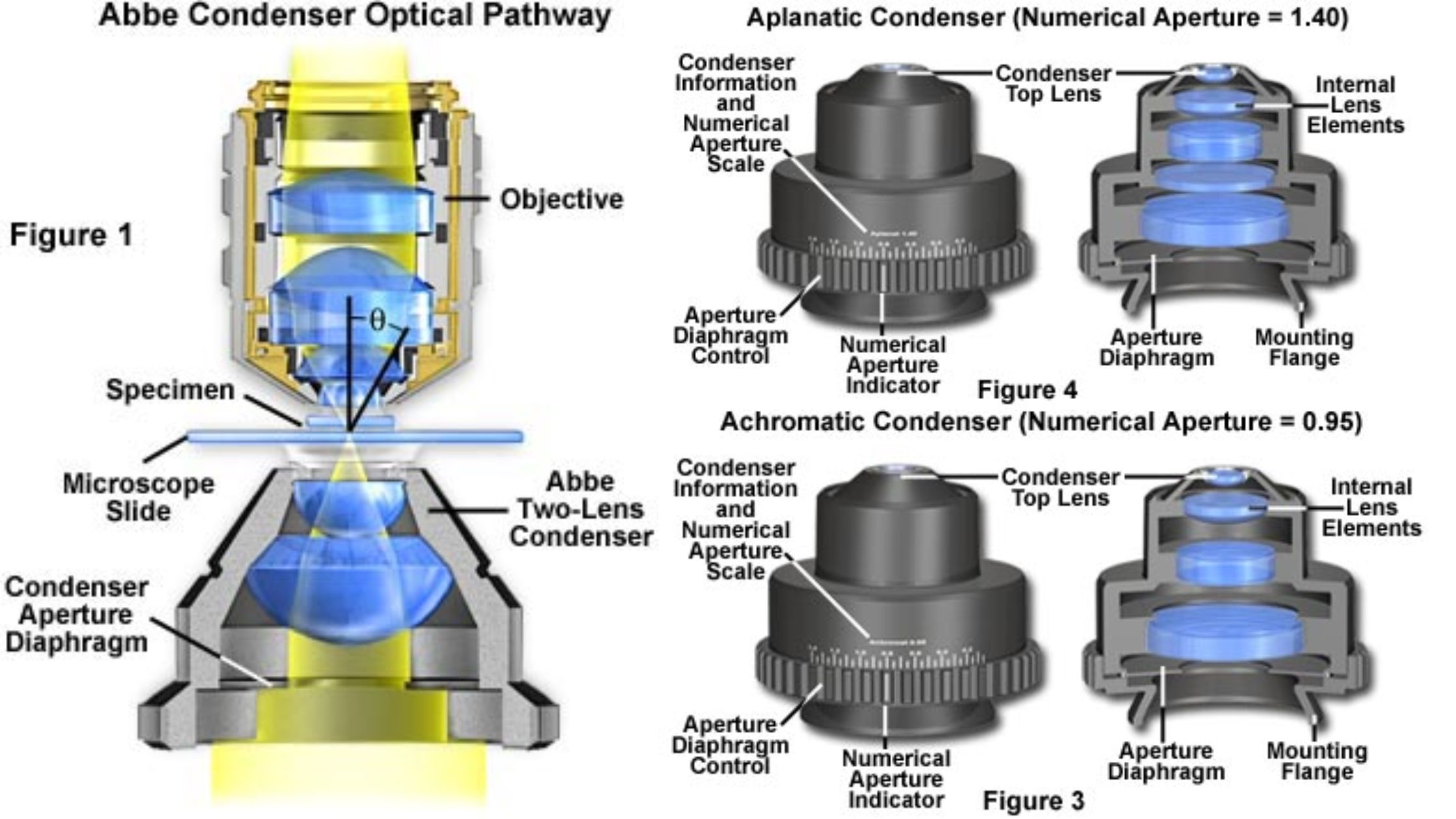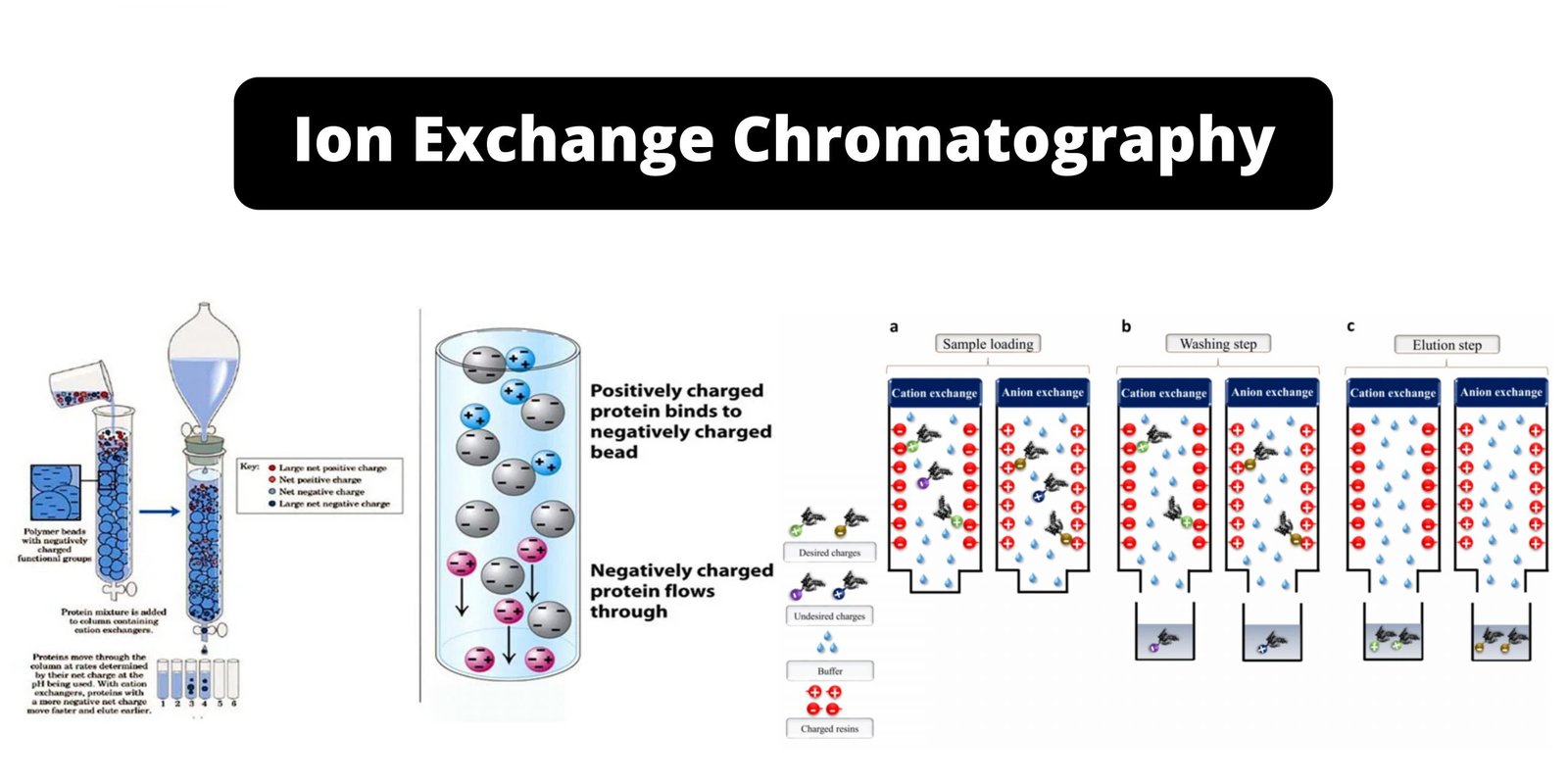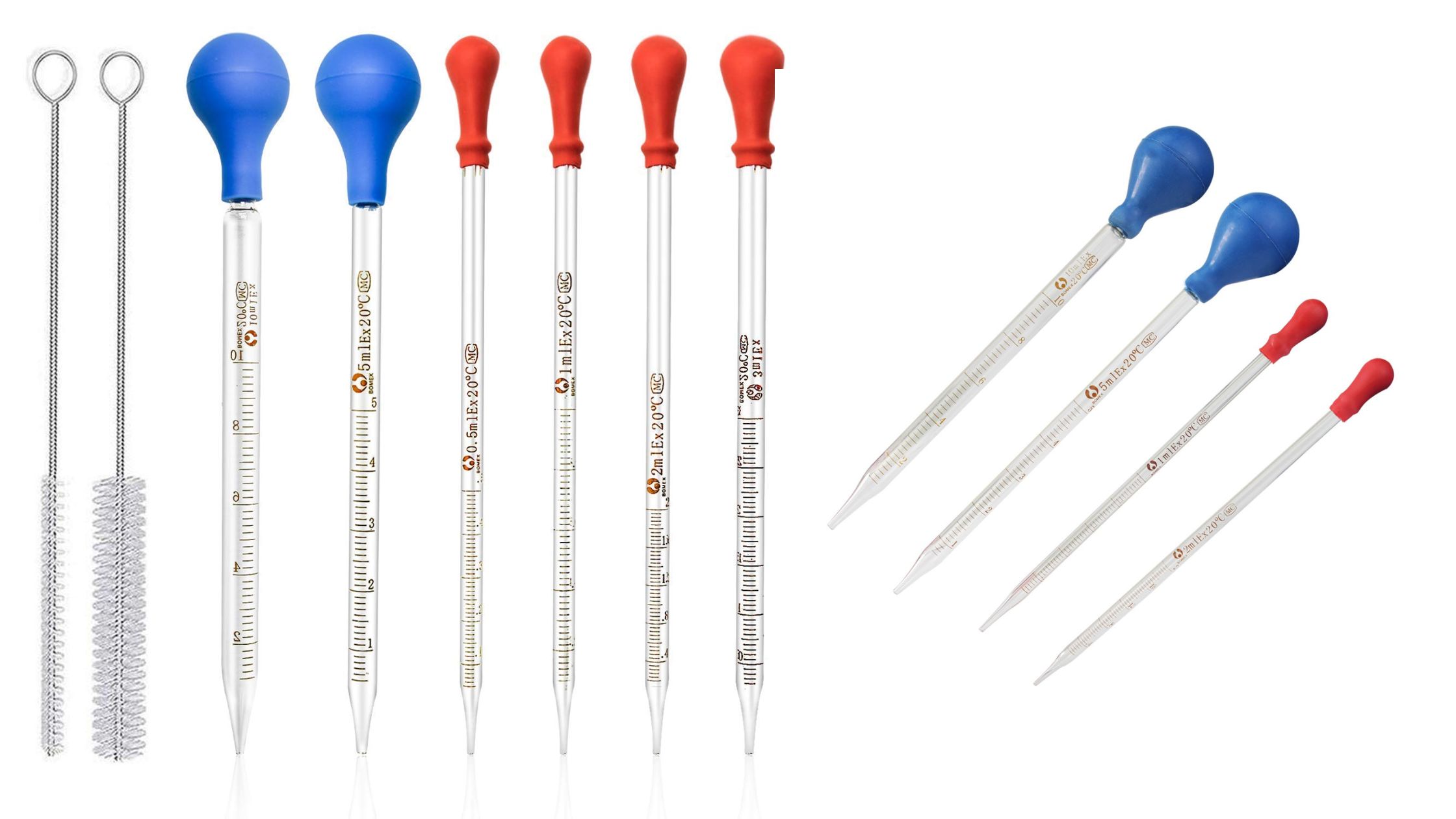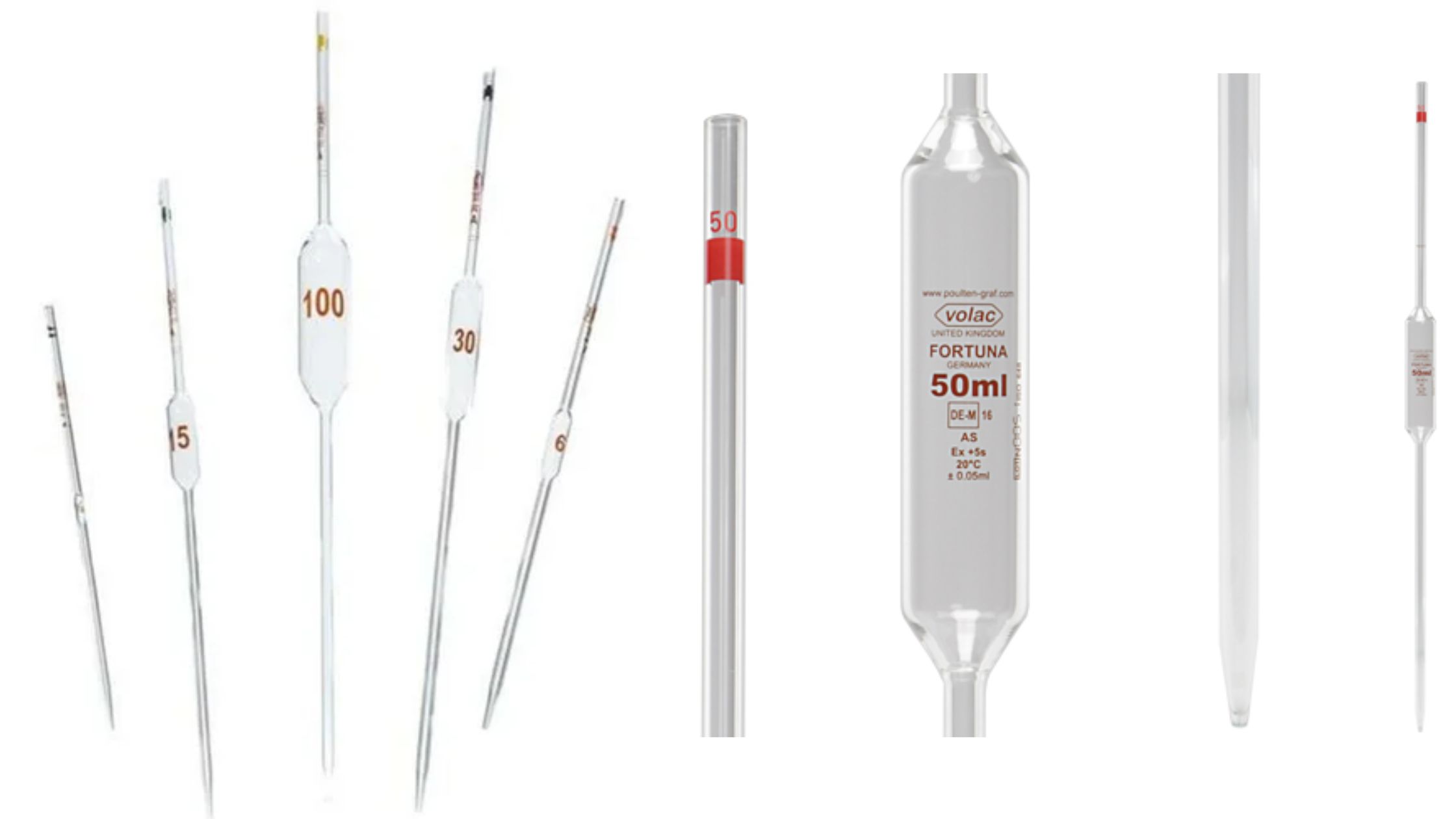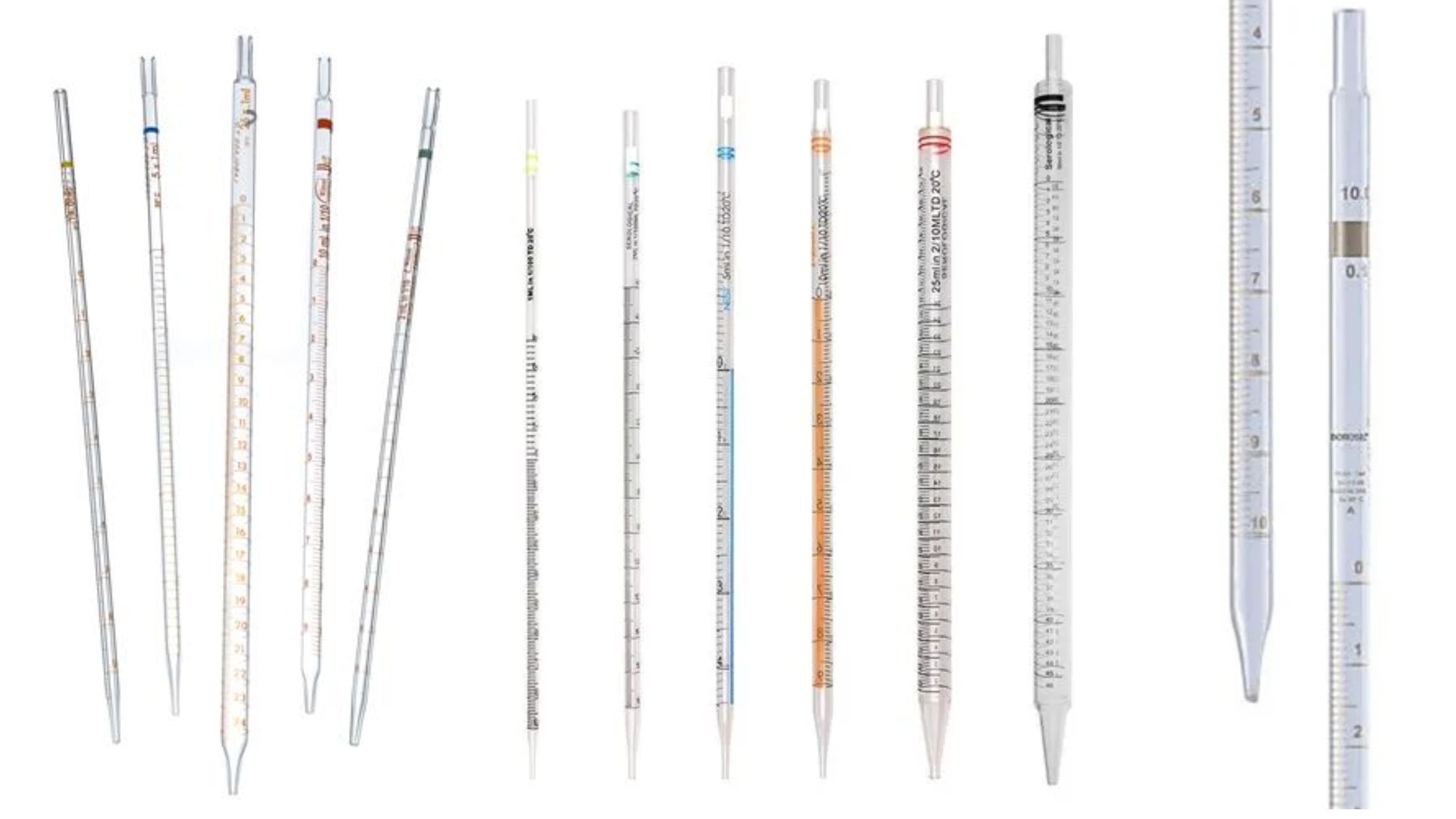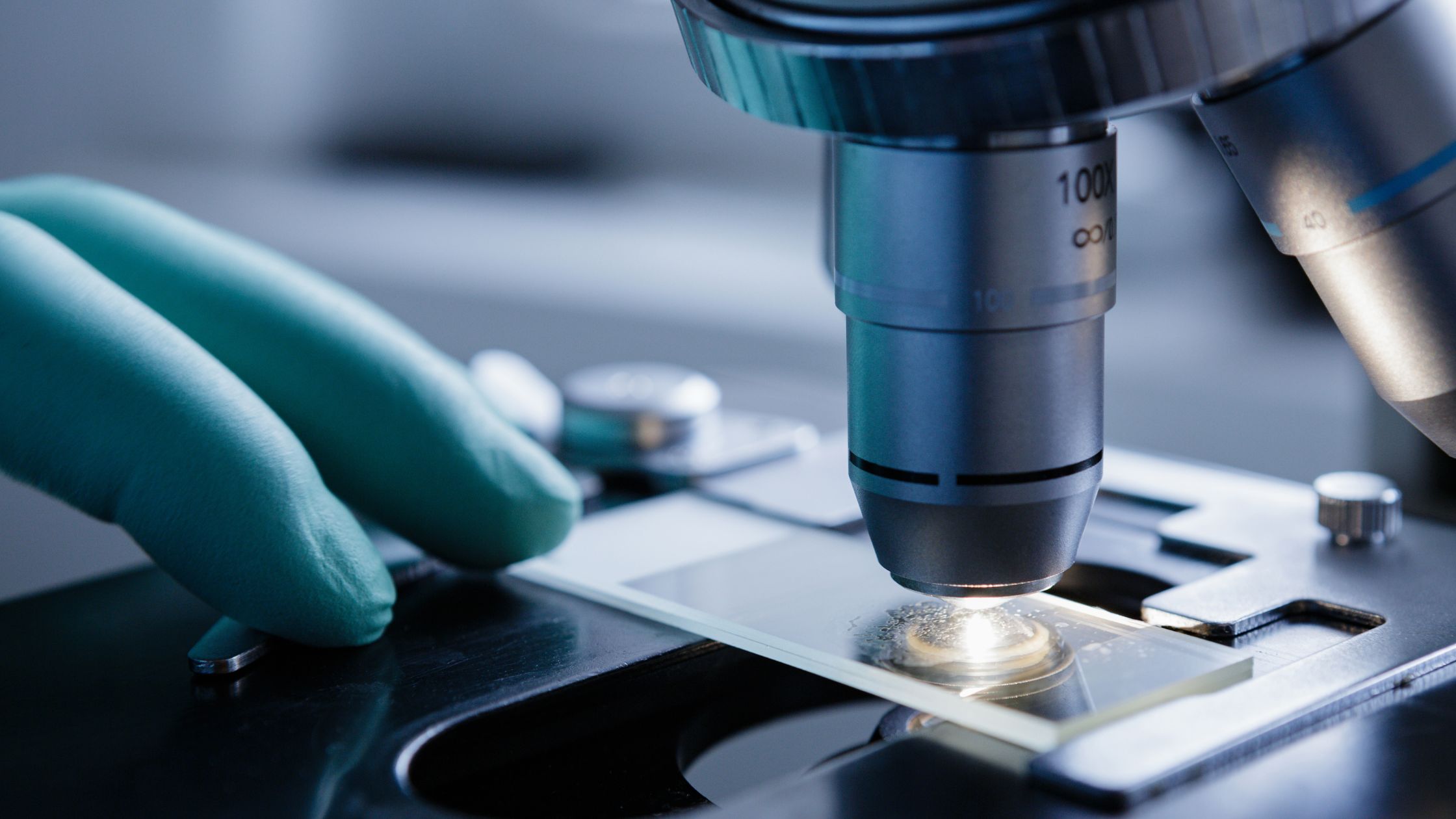UV Spectroscopy – Principle, Instruments, Applications
UV Spectroscopy is a scientific method that’s like a detective tool for scientists. It helps them understand what’s happening in a molecule when it interacts with light, specifically ultraviolet light. This type of light is invisible to our eyes but plays a crucial role in the world of molecules. Imagine a molecule as a tiny, … Read more
